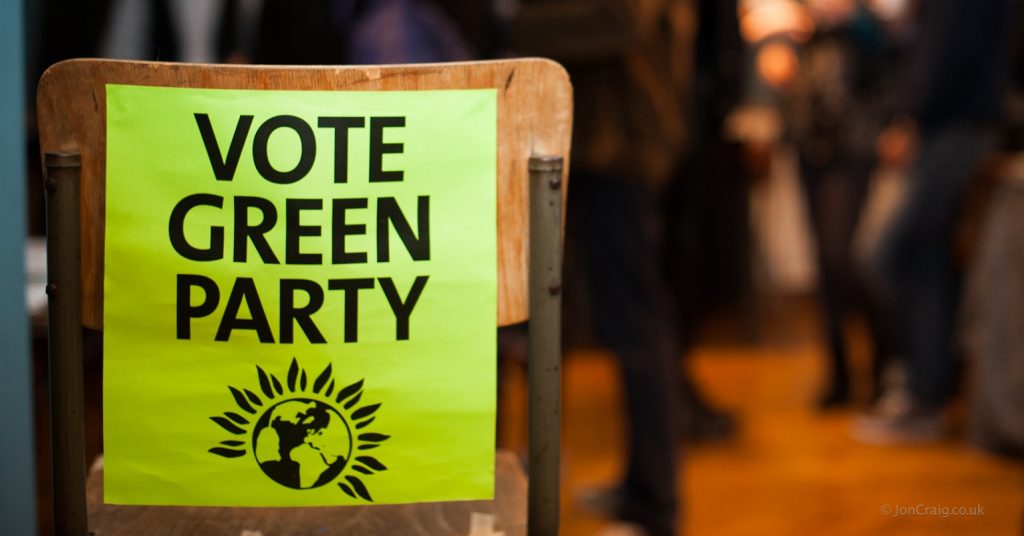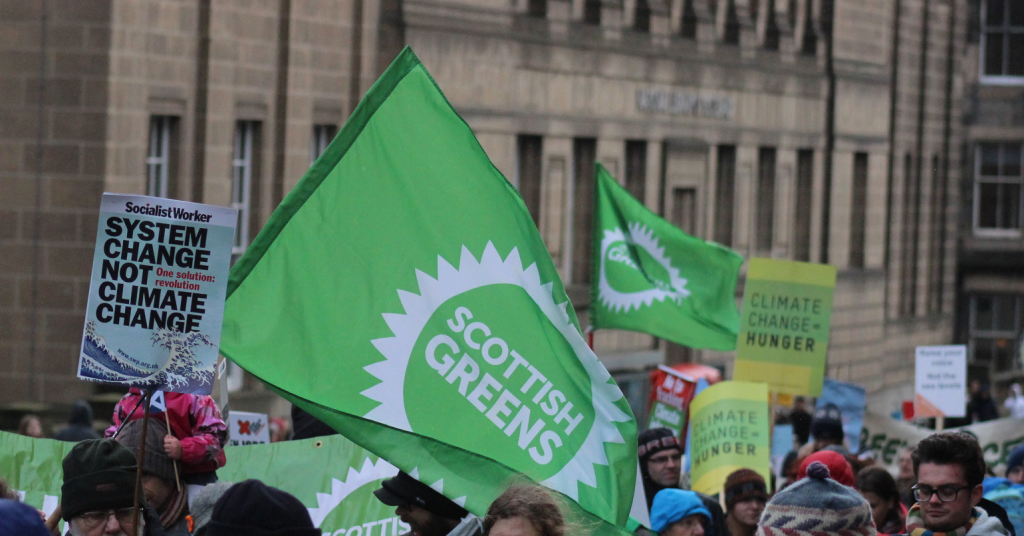Australian Greens get 10% of votes but just 0.7% of seats

In Australia’s national election, the Green Party has received 9.8% of the vote, a 13% increase on the last election.
Despite this increase, it was only able to win one seat as Adam Bandt easily retained the seat of Melbourne.
In two other Melbourne seats though, the party narrowly missed out to the Australian Labour Party. In one of these (Batman), the Green candidate even got the most first preference votes and would have won under the British system. However Australia has a run-off between the top two candidates and the Labour Party received more second preference votes, mostly from centre-right voters.
In elections for the Senate though, which is a more powerful version of the House of Lords and whose members are elected under the single transferable vote system, the Green Party gained six of the 76 seats with seven left to declare.
Overall, the election was one of the closest in Australian history. At the time of publication, with seven house of representative (like the house of commons) seats yet to declare and 76 needed for a majority, the centre right coalition had 74 seats while the Labour Party had just 71.
It is thought that the centre-right coalition will be able to govern with a tiny majority in the house of representatives, which will give the Green Party and the smaller parties a lot of power over any government proposals which divide the ruling coalition.
In the senate, it is highly unlikely that any party will have a majority so the Green Party’s senators could have significant power.




@Alan Borgars – what is your source? I have read press reports that Labor put the Greens above the Liberals? (Not that it would have made any difference either way.)
Part of the reason why the Greens (and other parties for that matter) did not make a more significant breakthrough is because the Liberals and Labor colluded in preference terms when they each instructed their voters, whatever the division they lived in, to put Greens (or the Nick Xenophon Team in a few cases) last in preference terms. Like the Conservatives and Labour here, they are more concerned with shutting out alternative voices in reality than in opposing each other when there is not much difference between them nowadays.
Your headline is mistaken. The math is not correct.
There are 226 seats in the Australian Parliament and they Greens won 7.
That is 7/226 * 100% which is approximately 3.1%. The headline is misleading.
Thanks for commenting. The headline refers to seats in the House of Representatives. Of which there are 150 and the Greens won one.
How peculiar. An elected second chamber? How does that work?
In Australia, the Senate is elected proportionally by the states, 6 at each election for a 6 year term every three years, with 12 for each state and 2 each for the major territories. Because of the proportional nature of the vote, the Senate tends to be more varied, as elected senators do not require majorities, but quotas of votes (minimum percentages of the vote) to win a seat. This includes the allocation of preferences, or the single transferable vote system.
We have six states and Senators are elected with 12 from each state. The entire state is considered the electorate with, usually, half of the senators elected at each election of the lower house and then serving for two terms of the lower house.
And One Nation got 4.3% and no sits at all…
This is how our electorate system works – if no one except your core voters like you – it is hard to get elected.
Strange but self serving to highlight this and ignore the gross imbalance of votes in the senate, where one vote in Tasmania is worth seventeen in NSW.
This is true democracy?
I think the power wielded in the senate by less populous states is far more outrageous than this blinkered analysis.
The point of the senate is to balance out the states and make sure that each state gets a fair go, otherwise small states like Tassie would get shafted because the contribute very few seats in the lower house.
Neither the House of Representatives is fair and only Proportional Representation could bring real Democratic and fair Election.
Under the Proportional Representation System, the Greens would have win 15 seats instead of just 1!